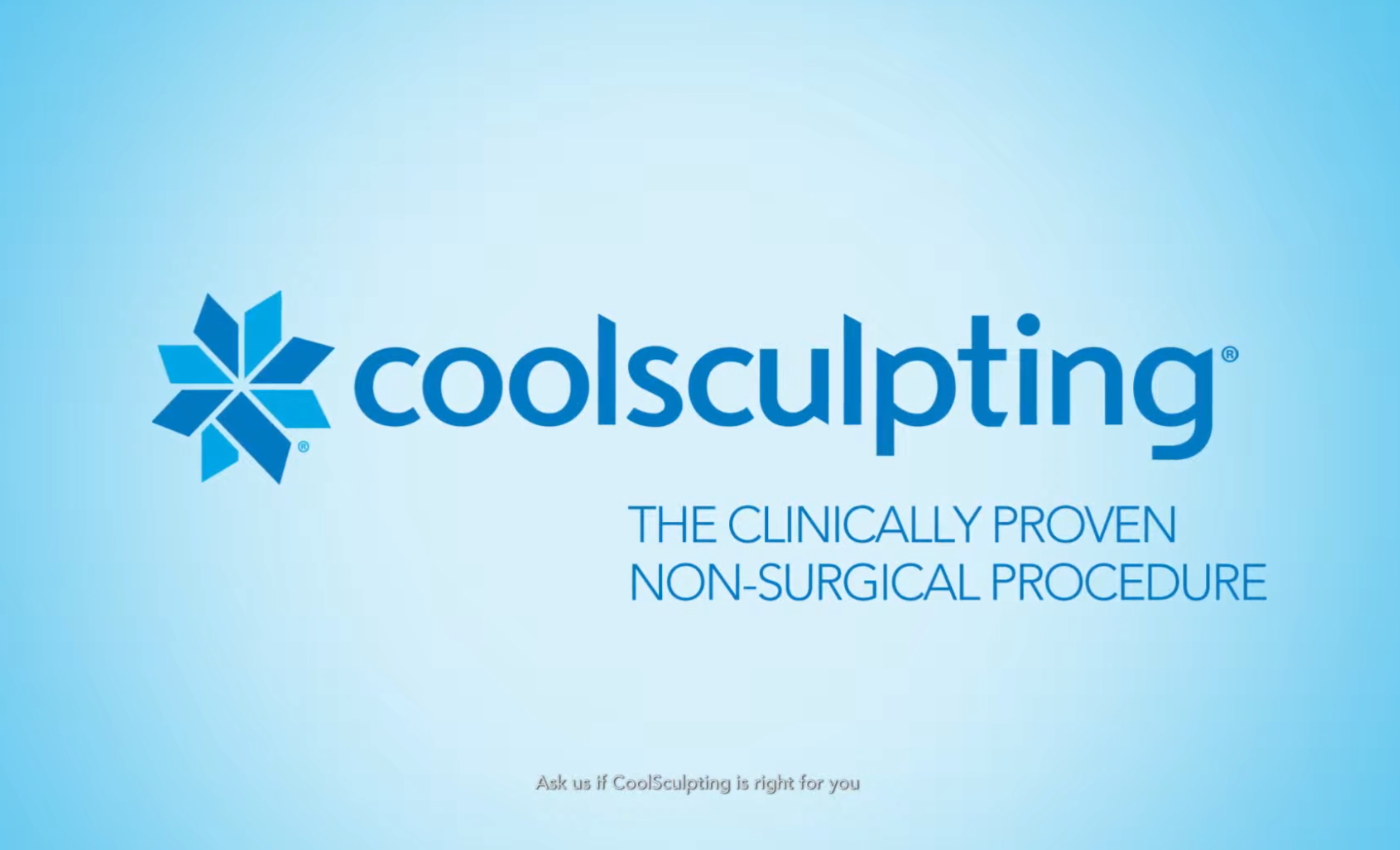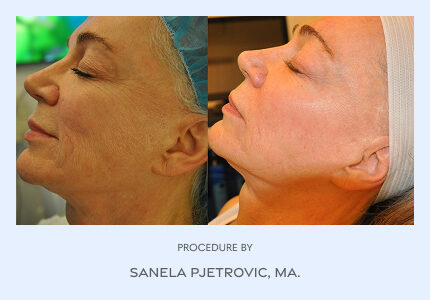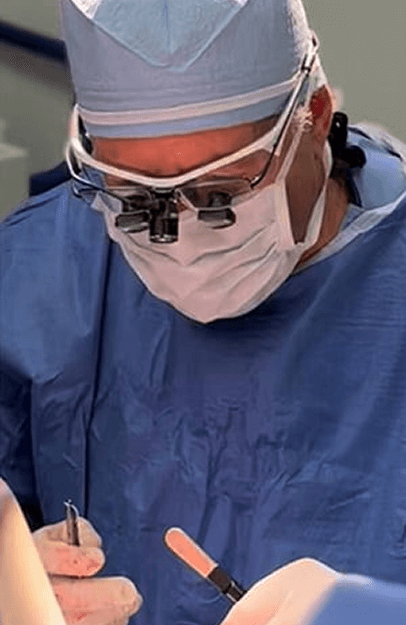Real Clients, Real Testimonials

FAQs (Frequently Asked Questions)
I am a good candidate for Coolsculpting?
The best candidates are those in good general and mental health, and possess realistic expectations. If you’re unsure whether Coolsculting is right for you, a consultation with an experienced injector can help assess your skin concerns and goals.
When should I do Coolsculpting?
If you look in the mirror and notice something that genuinely bothers you, it might be time to reach out. Give us a call or send us an email to schedule a consultation. Remember, CoolSculpting is a decision you make for yourself—no one else. It should never be influenced by external pressure.
As for age requirements, there’s no specific age that dictates when you should undergo CoolSculpting. However, we recommend the procedure for individuals aged 18 and older.
What to expect during Coolsculpting?
To initiate the treatment, we will position the device on your body. The device will then draw the bulge up between two cooling panels. The sensation is a firm pull and pressure, enough to ensure the selected tissue will be cooled most efficently. An hour or so later, depending on the number of areas being treated, you’re done.
After the procedure, some patients report temporary side effects, including:
- Redness, swelling, or bruising at the treatment site.
- Tingling, stinging, or sensitivity as sensation returns.
- Cramping or minor discomfort, similar to muscle soreness.
These effects are typically mild and resolve on their own within a few days to weeks. If you’re concerned about discomfort, discussing your tolerance and expectations with your provider can help address any worries and ensure a more comfortable experience.
CoolSculpting is completely non-surgical, so typically you can return to normal activities immediately. You may start noticing changes as early as three weeks post-treatment, with full results visible around three months as the body continues to process and eliminate the treated fat cells.
Reach out to your provider if you experience severe pain, significant swelling, or other unusual symptoms that do not improve over time.
How do I prepare for Coolsculpting?
Because CoolSculpting is non-invasive, there is no need to prepare anything in advance when planning for your CoolSculpting procedure. However, it is best:
- Avoid aspirin, aspirin-containing medications, blood thinners, and gingko biloba or fish oil supplements for one week prior to your treatment.
- Additionally, steer clear of strenuous exercise, ibuprofen, aspirin, and alcohol for 24-48 hours before your appointment, as these may increase the likelihood of bruising.
- Ensure the treatment area is clean and free of lotions, oils, or makeup on the day of your procedure.
- Avoid sun exposure, tanning, or any activity that might irritate the skin in the treatment area before your session.
- Wear loose, comfortable clothing to your appointment to avoid irritation and allow easy access to the treatment area.
- Bring something to pass the time, such as a book, tablet, or headphones.
- Notify clinic with any changes to your health history or medications since your last appointment.
What are the aftercare instructions following Coolsculpting?
After CoolSculpting, it is important to follow these aftercare instructions to promote comfort and optimal results:
- Drink plenty of water to help flush out the fat cells eliminated during the process.
- Gentle movement or light exercise can help reduce swelling and promote circulation.
- Avoid strenuous exercise, ibuprofen, aspirin, or alcohol for 24-48 hours, as these may increase the risk of bruising.
- For mild soreness or tenderness, Tylenol is safe to take.
- If the treated area feels tender, avoid applying pressure.
- Wear loose, comfortable clothing to avoid irritation at the treatment site.
- Some providers recommend massaging the treated area for a few minutes daily to enhance fat elimination and reduce swelling.
How often should I do Coolsculpting?
The frequency of CoolSculpting treatments depends on the areas being treated and whether you’re treating the same area more than once. Our specialists will design a personalized treatment plan and recommend the ideal frequency of visits to help you achieve your unique skin goals.
Is Coolsculpting painful?
CoolSculpting is generally not considered painful, but some patients may experience mild discomfort during the procedure. The treatment involves applying a cooling applicator to the targeted area, which can create sensations such as:
- Intense Cold: A strong cooling sensation is common initially but typically subsides as the area becomes numb.
- Pulling or Tugging: As the applicator uses suction to draw the tissue into the cooling panels, some patients feel a pulling or tugging sensation.
- Mild Pinching or Tingling: Temporary sensations of pinching or tingling may occur in the first few minutes.
How much does Coolsculpting cost?
Our goal is to deliver the highest level of care and results. Each patient is individual in their anatomical configuration. Therefore, in order to give an accurate quote, it is best to schedule a consultation that will allow Dr. Weintraub and his team to appropriately judge what is involved. For those patients who live overseas or outside the New York metropolitan area, photographs can be emailed or sent to the office, and a phone consultation can then take place.
What other treatments can I pair with Coolsculpting?
Combining CoolSculpting with complementary treatments can help you achieve more comprehensive results. Here are some options to consider:
- Semaglutide / Tirzepatide: These FDA-approved medications are used to support weight loss by regulating appetite and improving metabolic function. When paired with CoolSculpting, they can enhance overall body contouring by helping you maintain a healthier weight.
- Surgery: For individuals with more significant skin laxity or fat deposits that cannot be addressed by non-invasive treatments, surgical options like liposuction or a tummy tuck may provide the desired outcome. CoolSculpting can still be used to fine-tune results post-surgery for a polished finish.
- Secret RF Microneedling: This innovative treatment combines radiofrequency energy with microneedling to rejuvenate and tighten the skin. It complements CoolSculpting by improving skin elasticity, helping the skin adapt smoothly to your newly contoured shape.
By discussing your goals with a provider, you can develop a customized treatment plan that incorporates these options for a balanced and natural-looking transformation.
Can I do Coolsculpting while pregnant or nursing?
No, it is not recommended during pregnancy or while breastfeeding, as there is limited research on its safety in these situations. It is always best to consult with your healthcare provider before undergoing any cosmetic treatments if you are pregnant or nursing to ensure the safety of both you and your baby.
Why choose a plastic surgeon office for Coolsculpting?
Choosing a plastic surgeon offers several key advantages:
- Expertise in Facial & Body Anatomy
- Customized Treatment Plans
- Access to Advanced Techniques
- High Standards of Care
When looking for a plastic surgeon, you should:
- Check for board certification by the American Board of Plastic Surgery (there are many other boards, some legitimate, some not, but there is only one American Board of Plastic Surgery, established in 1931)
- Ensure that the physician attends a major hospital in your community, and is in good standing with that hospital
- Confirm that he or she has a fine reputation amongst other medical professionals in your community
- Speak to the surgeon’s patients who have undergone similar procedures
Remember, this is your treatment, and you are interviewing the doctor as much as he’s interviewing you. Do not hesitate to bring a list of questions with you on your consultation. And remember: a good surgeon is someone who not only has the skill to perform the treatment, but is someone who understands what your specific needs and desires are. A good surgeon should listen, listen, and listen!
Have no fear during your consultation. This is a time to speak, to be heard, and to develop a trusting relationship. Questions can be answered, and fears allayed. And while Dr. Weintraub is at the forefront of his field in terms of his techniques and medical developments, you will find his office environment to be warm, personable, and inviting. He and his staff truly care about each and every patient, and take great pride in making themselves available to help with every step of the process.




 Dr. Weintraub has always been blessed with a strong aesthetic sense. He possesses a unique blend of medical science and artwork, as it truly is artwork that he performs on the human form. His attention to detail ensures that he gets the best results possible, and he is meticulous about everything he does, from pre-op to post-op care and beyond.*
Dr. Weintraub has always been blessed with a strong aesthetic sense. He possesses a unique blend of medical science and artwork, as it truly is artwork that he performs on the human form. His attention to detail ensures that he gets the best results possible, and he is meticulous about everything he does, from pre-op to post-op care and beyond.*